Dendrobium orchid transplant
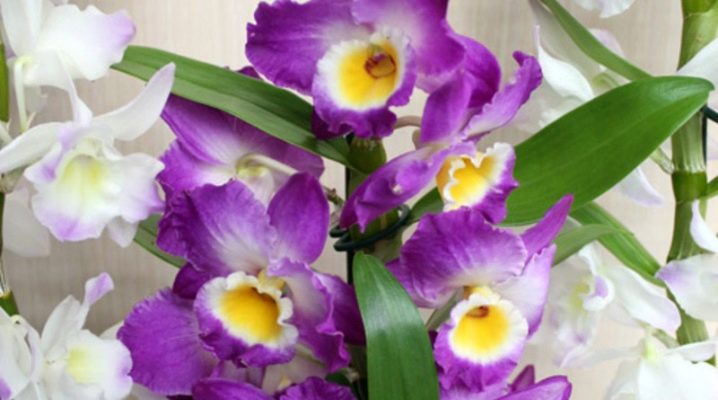
Many flower growers opt for exotic plants, among which the epiphytic dendrobium orchid stands out with beautiful flowers and an indescribable aroma. Despite the fact that the plant easily adapts to new conditions, it should be transplanted with caution and only during certain periods. There are reasons for this.
Peculiarities
Even with the enviable adaptability of the plant, it still needs time to get used to the new climate and soil. Sometimes the stress associated with an unfamiliar environment causes a stop in growth, the normal functioning of the plant organism, and as a result, the orchid stops blooming. Therefore, a flower is transplanted only as a last resort. There is no secret why Dendrobium does not like this procedure so much.
Orchid roots are capable of rapid development, which leads to interlacing with soil elements, moreover, the root processes are intertwined with each other. As soon as the root system begins to grow, thickenings (bulbs) that store water and nutrients appear, which means it's time to prepare the plant for transplantation.
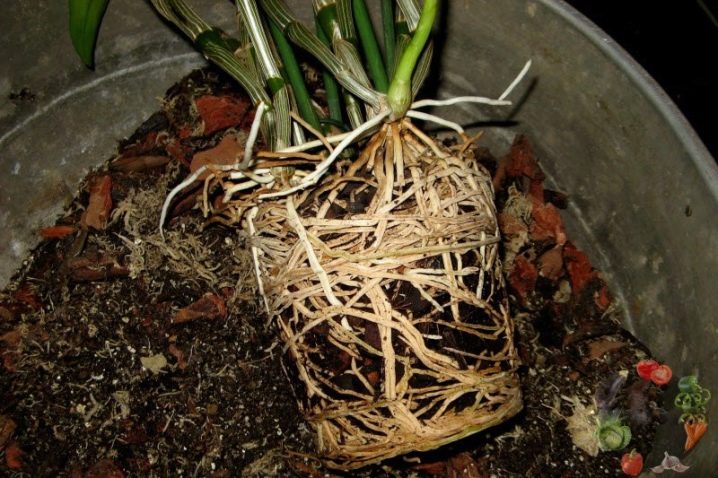
It is worth paying attention to the following main reasons for moving a flower to another container and substrate:
- painful condition of the epiphyte;
- depletion, oxidation of the soil and a change in its structure, which does not allow retaining liquid - this is due to frequent feeding and watering, especially with water from the water supply, and the excessive presence of potassium and phosphorus salts can worsen the condition of the roots;
- the pot is too small, due to which the space between the roots is compacted and does not allow enough air to pass through.
And also transplanting is relevant when the reproduction of the exotic is to be done. Experienced flower growers advise to transplant the dendrobium orchid once every 2-3 years, but this can be done only after the plant has faded. Most often this happens in the spring, in April or May, when the flower begins to grow dynamically. Then the procedure is carried out before the formation of new root branches, since they can be easily injured.
Epiphytes that bloom in the autumn are also allowed to be transplanted until they give fresh shoots, buds and leaves. This should not be done during periods of rest and rest. The plant must be dived after purchase, but only after flowering is complete. This is due to the fact that the land in which the flower is sold does not have the characteristics necessary for the usual life of the culture.
It is allowed to hold the event a year after the acquisition of the epiphyte.

Pick methods
Due to the intensive growth of roots, dendrobium is most often transplanted into a more spacious container. If the soil is not depleted, and the root system is healthy, then the "transshipment" method is used. It is as follows:
- the soil is watered to soften;
- carefully pull out the orchid along with the soil clod;
- carefully cleaned from injured and dead processes;
- the old soil is renewed by adding fertile soil, crushed charcoal for disinfection.
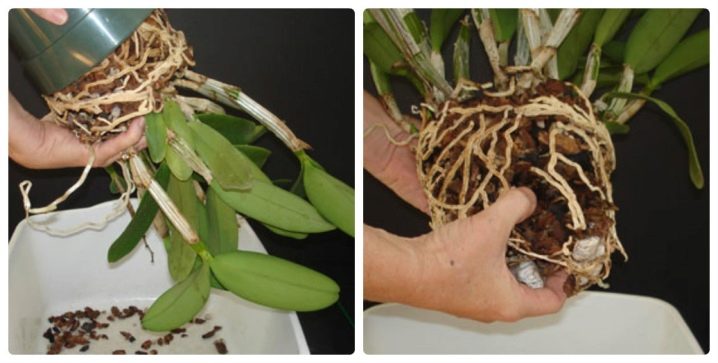
Important! If the flower is transplanted into a larger pot, then its acclimatization is faster. In a conventional transplant, the root system is completely cleaned of old soil and placed in a new one.
When it is necessary to plant a bush of an adult plant, it is necessary to adhere to the following algorithm of actions:
- remove the dendrobium from the container;
- clean from earth and dead roots;
- after disinfecting the knife, cut into pieces, in each of which young sprouts and healthy thickenings should remain;
- put the cut parts in water, then wipe the slices with ash powder;
- then they can be planted in separate pots.
Important! In fact, at home, it is very convenient to transplant and propagate the plant in parallel.
In addition to dividing, the flower can be propagated by children, since they form well on pseudobulbs. To do this, you will have to wait until developed roots and several leaves are formed. It is easy to transplant "babies" by gently twisting them at the base of the stalk. However, they are easily separated. All that remains is to plant them in a small pot with good drainage, cover the roots with a substrate, and put moss on the surface as mulch.
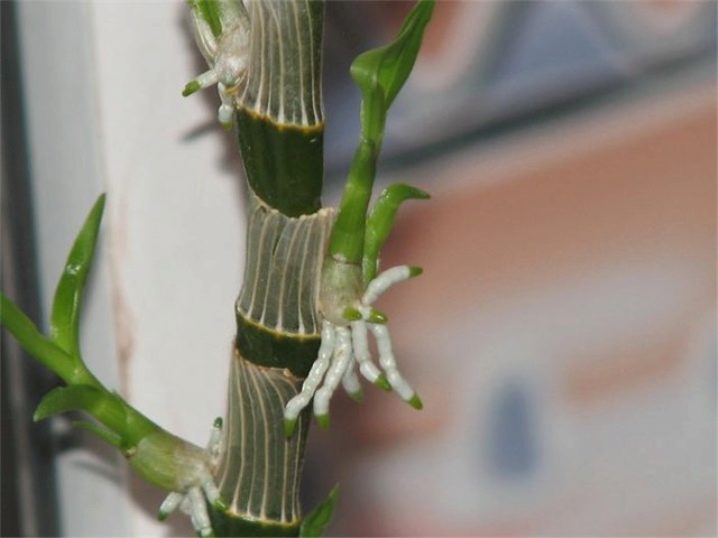
Preparation
Before transplanting, it is necessary to choose a suitable container, preferably made of high-quality transparent plastic. Such pots must necessarily have drainage holes, transmit light well and be convenient for further transplants. The advantage of plastic is that the material maintains the temperature optimally, which excludes overheating and hypothermia of the roots. Soil is an important aspect. If there is no experience in its self-preparation, then it is wiser to use ready-made soil for this culture. Experienced gardening enthusiasts prepare the substrate using the following ingredients:
- shredded cones and pine bark;
- coconut flakes;
- sphagnum, which allows you to maintain the moisture of the earth;
- fern roots;
- charcoal.
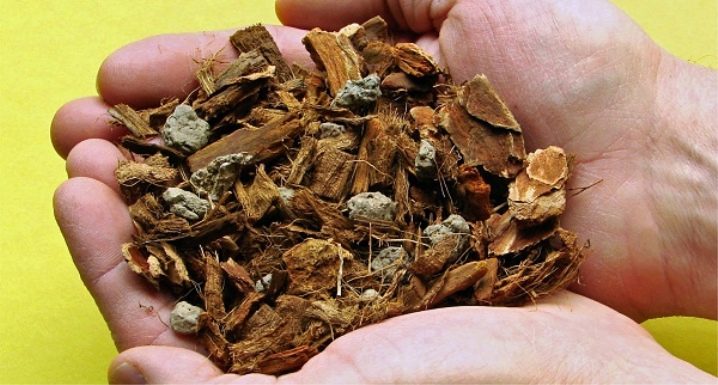
Pieces of foam plastic, gravel, expanded clay, broken clay shards or bricks are used as drainage.
Transplant
The preliminary steps are to select a pot, decontaminate it, prepare the appropriate tool - bamboo supports, scissors, tweezers, wood sticks. Dendrobium transplant step by step is carried out as follows:
- in order not to injure the plant, the soil lump is spilled with water and left for several minutes to soak;
- you need to remove the plant carefully, taking it by the leaf outlet and pulling it up a little;
- then you should rid the orchid of soil particles, rinse the root system - for this, put the plant in a solution of succinic acid and "Epin" (growth stimulator) for half an hour; the procedure simultaneously increases the immunity of the culture and makes it less susceptible to disease;
- after that, you can remove the old soil, cut off the damaged and dead parts of the roots with a disinfected knife, remove the moss and rot with tweezers;
- the next stage is the treatment of the roots with a weak solution of peroxide; damage to the processes is sprinkled with coal, and then dendrobium is placed under the phytolamp and dried;
- drain holes should be made in the bottom of the container, the size of the pot should not be too large; prepared drainage material is put down;
- the flower is immersed in the center, the root system is straightened, then carefully sprinkled with soil, not trying to compact it - over time, the roots will be located as it is more convenient for them;
- watering the flower immediately after diving is not recommended, but the air in the room should be well humidified;
- care consists in placing the pot on a light, slightly shaded windowsill, because the plant needs light, but it must be diffused; irrigation is carried out after 2-3 days, when the root system begins to take root.

A correctly carried out transplantation procedure will enable the plant to adapt more quickly and to gain a foothold in the substrate, which is important for the further development of the orchid. Flowers need to be watered with warm, settled water often, but not abundantly, just maintaining moisture. In the summertime, this is done more often.And also it is necessary to periodically refresh the leaves with the help of a shower, but then thoroughly dry them with cotton pads, not forgetting about the growth buds. In winter, the plant needs rest, so the watering procedure is minimally shortened.
Important! You can feed the dendrobium orchid only during its active growth, for example, spraying with diluted glucose will benefit the flowers.
The main mistakes made by orchid lovers who do not have sufficient experience are deepening the root system, replanting with intertwined roots, removing bulbs and peduncles, which leads to damage to the orchid and the suspension of its development. In general, such a southern culture as dendrobium does not require complex care and special conditions for abundant flowering, but knowledge of the intricacies will help to avoid difficulties with growing.
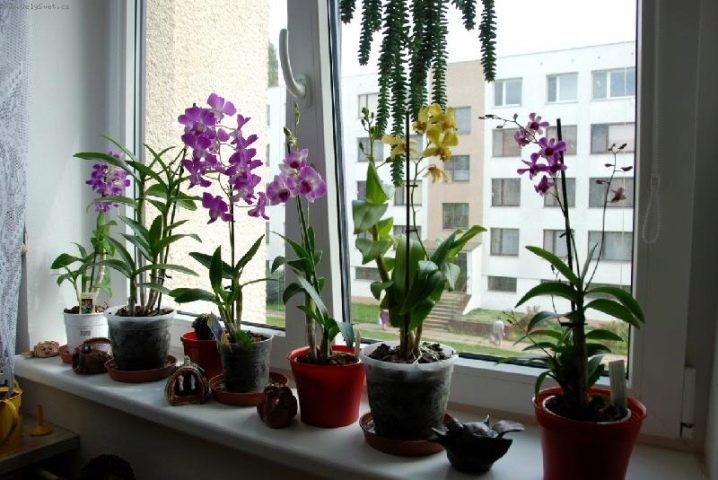


























The comment was sent successfully.